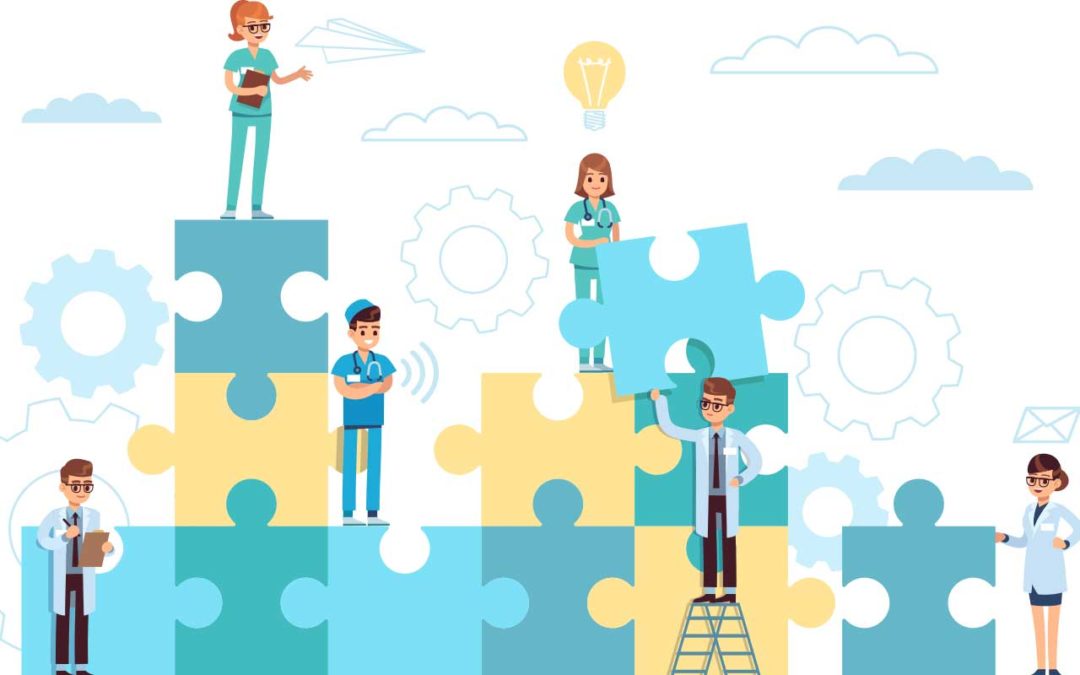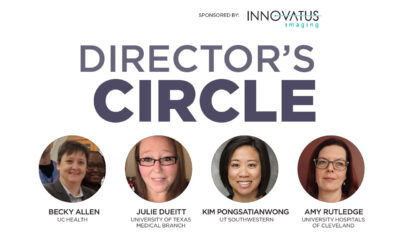

By Mark Watts
When I was working as a CAT scan tech, I would come home for dinner with my wife and she would ask me, “How was your day?”
Most days, I would respond with an update on one of my people. It may be a strange concept to some, but as a care provider who interacts episodically with a wide range of customers/patients in their time of need, what are the differentiators that would make someone one of my people? Religion, race, social economic, college affiliation, country of origin, place of birth, profession or language spoken? Artificial intelligence (AI) in health care should not have bias towards any of these and they are not what I mean by my people.
My people are on a journey and with each of them is an unwelcomed parasite – cancer. It is not that orthopedic, cardiac or neuro patients receive less compassion or care. I just feel that I can be technically proficient at my job but use more tools in my toolbox for cancer patients. Empathy or what some call emotional IQ – caring for the whole person, physically, emotionally and psychologically. AI plus human providers.
First Interaction: Pre scan history is always collected for the exam, the patient says “I found a lump in the shower. I just have been losing weight. I have some blood when I cough up stuff. My nipple has kind of turned in. My bones hurt. People say I have seizures.” And, so much more. This is the beginning of the journey, pre-cancer. Common questions are “What is wrong with me? Will I be OK?” This history could be supplemented by presenting relevant laboratory tests by AI to the radiologist and natural language processing can search the referring general practice physician’s notes for differential diagnosis.
Second Interaction: Pre scan history is always collected for the exam. “The last test showed something. My doctor said you found something and now wants my whole body scanned. I don’t feel that bad, I think you guys just want to make more money.” After a person is told that they have cancer, some people are in distress to the point they cannot process the information or deflect the severity. AI can review the thousands of images of the CT head with and without contrast, three phase abdomen, chest with and without contrast and pelvis with full bladder and rectal contracts. To aid the radiologist to focus on the millions of cancer cells it takes to create a visible 3-millimeter mass.
Third interaction: The biopsy: “They say you want to stick a long needle in me. My doctor said you could make my lung go flat by doing this exam. They want to know what kind of cancer I have so we can plan treatment. All this is just to get more money from me. My church is praying for me to make it through this.” AI can take the biopsy tissue sample and compare it to the data base of effective treatments that have been documented as a gold standard treatment plan for each patient matching the patient’s religion, race, social economic, college affiliation, country of origin, place of birth, profession or language spoken. This is how AI can democratize health care. Decease bias, not increase it.
Fourth interaction: Post surgery or treatments, “You found something on your scans and they did surgery to cut it out. Now they want another scan to see if they got it all. I don’t know what is worse, the cancer or this treatment. Will my husband still love me?” AI can remind the radiologist of the common side effects of this type of treatment and raise awareness of where this patient is on their journey. Measurements of tumors and signs of treatment effectiveness.
Fifth interaction: Monitoring post treatment, “What is a second cancer? They told me I was done with treatment, but you must need more money so here I am. They say I can have a recurrence and the cancer could come back.” A person who has had cancer is commonly called a cancer survivor, not everyone who has had cancer likes the word “survivor.” The reasons for this may vary. For instance, they may simply identify more with being “a person who has had cancer.” Or, if they are dealing with cancer every day, they may describe themselves as “living with cancer.” Therefore, they may not think of themselves as a survivor.
Sixth, Seventh, Eighth interactions: 20 million Americans are currently on this path. “You should go get that checked. You are bleeding on my pillowcase.” This is what my wife said to me. This was the beginning of my journey. I was diagnosed with cancer, had biopsies, had surgery and received radiation treatments, I follow up every six months. I am living with cancer.
AI is my hope that my people, including myself and close friends. “Yes, Mark what a year, just defended my dissertation, had cancer treatment and my wife recovered from her cancer plus our community delt with COVID.”
AI is my hope that you will receive the most patient-focused, N of 1, precision medicine researched and proven effective. That the best treatment protocols are shared and used by every physician and health care facility. Own your place in the process, seek new treatments and information, challenge the treatment course.
My people are on a journey and just want the trip to continue. I will be going to the National Mall in Washington, D.C. to watch the fireworks display this year. It is a bucket list thing. My people look forward and AI can help like a GPS.
– Mark Watts is the enterprise imaging director at Fountain Hills Medical Center.








